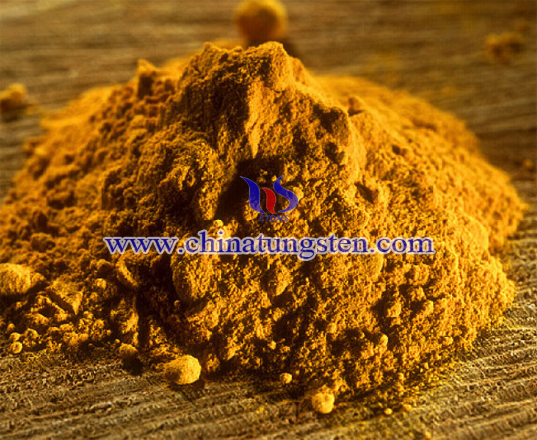Nitrogen Influences the Electrical Properties of Tungsten Oxide Ceramics
- Details
- Category: Tungsten Information
- Published on Wednesday, 14 March 2018 10:31
Tungsten oxide ceramic sintered under nitrogen gas has the least resistance and the best conductivity. This shows that sintering in a nitrogen atmosphere can promote the formation of oxygen vacancies in tungsten oxide ceramics, like the effect of vacuum sintering with tungsten oxide. Samples 2 and 3 had higher resistance than that of sample 1. The volt-ampere characteristic curve of Sample 4 coincides with that of Sample 1, and the resistance of the sample is the largest. It has non-linear electrical properties.
This shows that the oxygen partial pressure and the cooling rate have a great influence on the resistance of the tungsten oxide ceramics. All the samples were in a nitrogen atmosphere during the heating stage and the 1100°C holding stage, which promoted the formation of oxygen vacancies in the tungsten oxide. However, only the sample 5 has a pressure-sensitive characteristic after oxygen is introduced into the cooling stage.

According to defect chemistry theory, the influence of oxygen partial pressure on the oxygen vacancy concentration in ceramics can be deduced. High oxygen partial pressure can only inhibit the formation of oxygen vacancies, but it cannot stop the formation of oxygen vacancies. Oxygen was also adsorbed on the grain boundaries of Samples 2 and 3, but the concentration of oxygen vacancies in the body was reduced due to high oxygen partial pressure. This leads to a reduction in active sites that can be used to adsorb oxygen. At the same time, the height of the grain boundary barrier is not sufficient to cause non-linear electrical phenomena in the current density range of 1-10 mA. However, nonlinear electrical phenomena can occur in higher current density regions. As shown in the figure, samples 2 and 3 exhibit non-linear electrical phenomena in the current density range of 10-100 mA, and sample 4 has very weak non-linear electrical phenomena.

- Tungsten Oxide Manufacturer & Supplier, Chinatungsten Online: www.tungsten-oxide.com
- Tungsten News & Prices of China Tungsten Industry Association: www.ctia.com.cn
- Molybdenum News & Price: news.molybdenum.com.cn
- Tel.: 86 592 5129696; Fax: 86 592 5129797; Email: sales@chinatungsten.com



 sales@chinatungsten.com
sales@chinatungsten.com